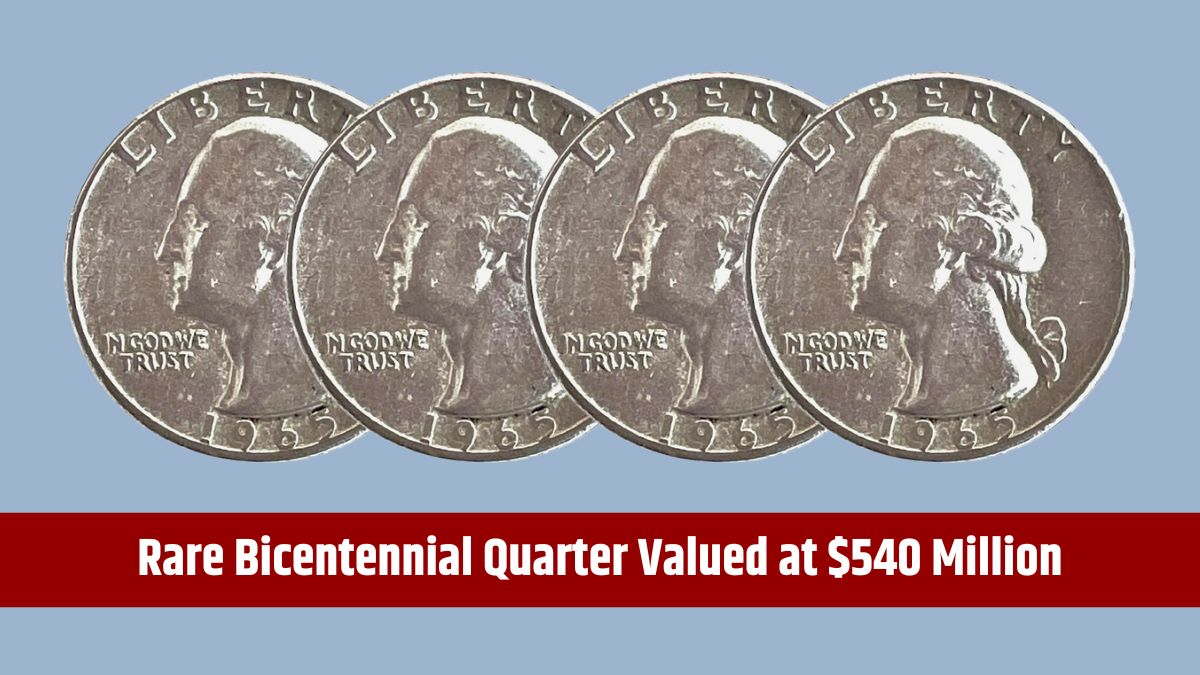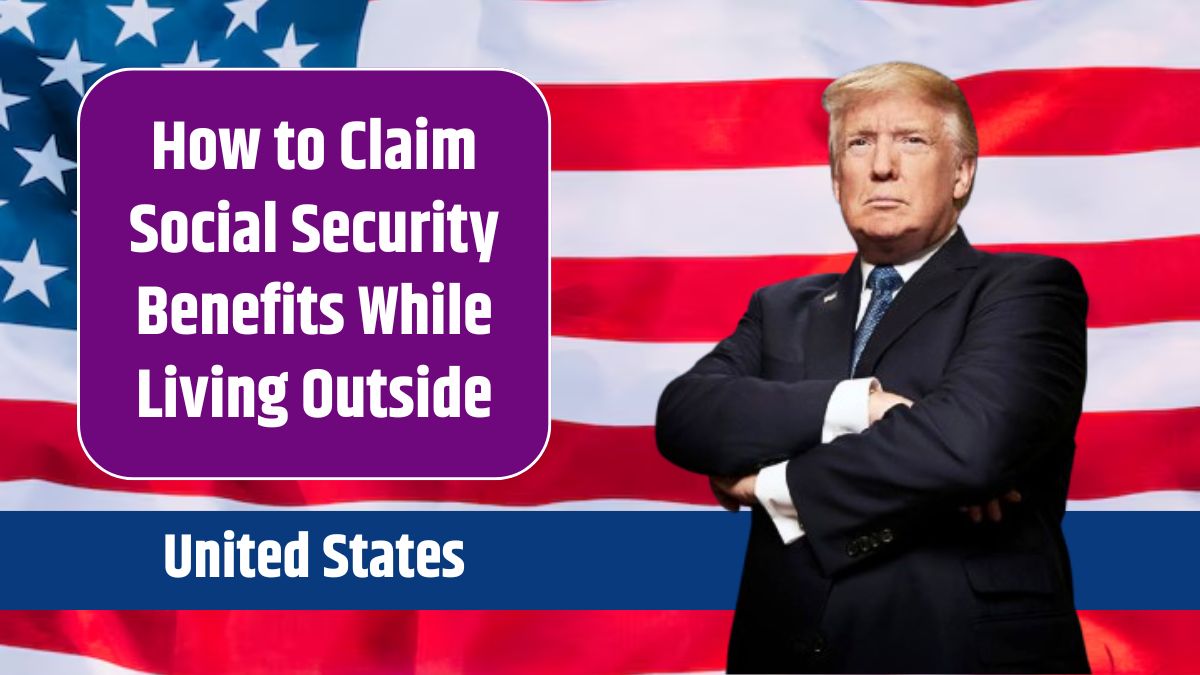The 1976 Bicentennial Quarter holds a special place in American numismatic history. Minted to commemorate the United States’ 200th anniversary of independence, it features a unique design and various rare variants that have captured the interest of collectors worldwide. Some of these coins are highly valuable, with rare specimens reportedly worth up to $540 million. Let’s cut into what makes these quarters so extraordinary.
Table of Contents
Historical Significance
The Bicentennial Quarter showcases a distinctive drummer boy design on the reverse side, symbolizing the American Revolution. This special edition coin was minted to celebrate America’s bicentennial, replacing the traditional eagle design. Its historical significance and striking appearance have made it a collector’s favorite since its release.
Types of Bicentennial Quarters
Silver Bicentennial Quarters, containing 40% silver, are among the most valuable. These coins were minted specifically for collectors and stand out due to their precious metal content and historical importance. Uncirculated silver quarters in pristine condition are especially sought after.
Clad Composition Quarters
The standard circulation quarters were made from a clad composition of copper and nickel. Despite being common, some of these coins gained value due to minting errors such as:
- Off-center strikes
- Double die errors
- Missing design elements
Error coins are rare and highly coveted by collectors, commanding premium prices.
Proof Quarters
Proof Bicentennial Quarters represent the pinnacle of minting quality. These coins were struck using polished dies, resulting in mirror-like finishes. Silver proof versions are especially valuable due to their limited production and superior craftsmanship. Perfectly preserved proof coins can fetch substantial amounts.
Factors Affecting Value
Several factors influence the value of a Bicentennial Quarter:
Condition Grade
Coins graded MS-67 or higher are considered exceptionally valuable. These coins are in mint condition, showing no visible wear or imperfections, making them rare collector’s items.
Error Types
Minting errors can dramatically increase a coin’s value. Commonly sought-after errors include:
- Off-center strikes
- Double die impressions
- Die breaks
- Missing design elements
Composition
Quarters made from silver are inherently more valuable than their clad counterparts due to their metal content.
Value Ranges
The value of a Bicentennial Quarter depends on its type, condition, and rarity:
| Type | Value Range |
|---|---|
| Standard circulation | Face value |
| Silver composition | $100–$1,500 |
| Proof versions | $200–$2,000 |
| MS-67 grade | $1,000–$10,000 |
| Rare error coins | Up to $540 million |
Identifying Valuable Specimens
To determine if a Bicentennial Quarter is valuable, check for:
- Composition: Silver quarters appear different from clad ones.
- Errors: Look for off-center strikes, double dies, or missing elements.
- Condition: Coins with no visible wear are worth more.
- Finish: Proof coins have a mirror-like surface.
What to Do with Rare Finds
If you think you’ve discovered a valuable Bicentennial Quarter:
- Handle Carefully: Avoid touching the coin’s surface to prevent damage.
- Research: Look for specific characteristics of valuable variants.
- Grade Professionally: Have the coin authenticated by a grading service.
- Consult Experts: Reach out to reputable numismatic dealers or collectors.
- Store Properly: Use protective cases to maintain the coin’s condition.
Symbol of American History
The Bicentennial Quarter is more than a commemorative coin—it’s a symbol of America’s spirit and history. While most examples are worth face value, the possibility of finding a rare and valuable variant adds an element of excitement. For collectors and enthusiasts, these coins are a tangible connection to a pivotal moment in American history.
Proper authentication and grading are essential to determining the true value of these quarters. With their unique designs, historical significance, and potential value, Bicentennial Quarters continue to captivate numismatists and casual coin enthusiasts alike.
FAQs
What is the value of a standard Bicentennial Quarter?
Most are worth face value, but rare types can be valuable.
How can I identify a silver Bicentennial Quarter?
Look for its 40% silver composition and the ‘S’ mintmark.
What makes Bicentennial Quarters valuable?
Errors, silver composition, and condition increase value.
Are error Bicentennial Quarters common?
No, error coins are rare and highly sought after.
Should I clean my Bicentennial Quarter?
No, cleaning can reduce its value significantly.







